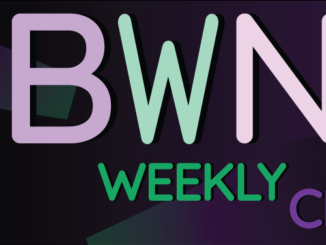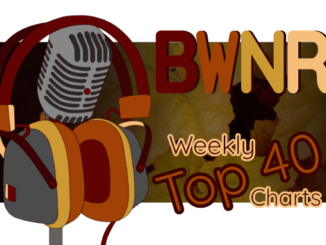
In the past several months, as the charts have gotten more attention, I’ve received many different questions about them. “How do you pick songs for your charts?” is a big one. The quick answer to that is, “We don’t.”. So I thought it was time to explained how the station’s charts are created.
Since we are on the air 24/7, we have a total of 168 hours each week to fill that I program. Well, I say I program it, but can you imagine how long it would take to do it by hand?
That’s why we invested in 2 professional broadcast softwares when we started The Bandwagon Radio Network. They each have a different job but they “talk” to each other to both provide a balance between every genre and every song we choose to air. Software 1 is a music scheduler to give every song currently receiving airplay an equal chance to get 10+ spins every week. Software 2 is the playout system. It does what Software 1 tells it and then lets it know that it played it. The two work together on two different computers located were I live.
Enough of the geeky stuff & get to the point, right? Back to the question.
“How do you pick songs for your charts?”.
There are 3 pieces to create a base score: spins, listeners, ratings. These are worth 1 point each. Example: 10 spins, 100 listeners, 10 “up” ratings equals a base score of 120. BWNR can’t control listeners, of course, but there are ways to help if you are a dedicated listener with your “votes”.
| RANK | Song Title | Spins | Listeners | Ratings | Base Score |
|---|---|---|---|---|---|
| 1 | SONG1 | 10 | 100 | 10 | 120 |
| 1 | SONG2 | 10 | 100 | 10 | 120 |
“Okay, what if two songs tie?”
Great question! Three other factors help break ties. We give each song a percentage these four categories: weekly song requests, weekly spins, and total listeners each week. For our example, here’s how this part is calculated. If the week has:
| Total Spins | Total Listeners | Total Song Ratings | Total Song Requests |
|---|---|---|---|
| 1000 | 5000 | 135 | 75 |
The total score is determined by adding the base score to the percentage of song requests, the percentage of weekly spins, and the percentage of weekly listeners.
| RANK | Song Title | Base Score | Song Requests | % Spins | % Listeners | % Song Rating | % Requests | Total Score |
|---|---|---|---|---|---|---|---|---|
| 1 | SONG1 | 120 | 7 | 0.03 | 0.02 | 0.0741 | 0.093 | 120.2171 |
| 2 | SONG2 | 120 | 6 | 0.03 | 0.02 | 0.0741 | 0.08 | 120.2041 |
“Okay, then why are there still ties?”
Yes, even though the formula for the percentages are actually 15 digits, ties still happen. Especially in the Top 20. The Top 20 most of the time includes bands that give them big-time support by rating their music, listening during the BWNR produced hours and sending song requests. On BWNR, ratings and requests can only happen using the desktop, as well as the Android App.
The charts I create now originally started in 2015 & were partially opinion based charts. I think I have come up with a way to make them legitimate by including the fans and listeners. It’s also why things change dramatically each week. I love the monthly charts because if a song stays in the top 150 all month, it will be high on that chart.
At BandWagon, we believe our charts are totally unbiased and reflect our vision and mission to give Indie Music a legitimate streaming platform to get their music heard at any time of the day worldwide.
BWNR – “Music the way it was meant to be heard – By the People, For the People”



